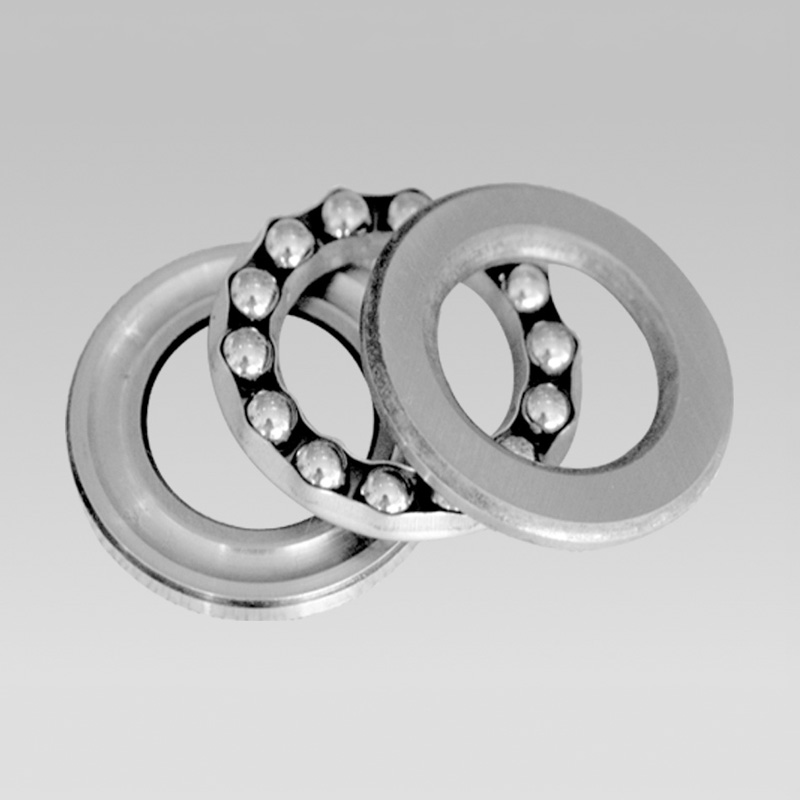
Sep . 09, 2024 14:58 Back to list
deep groove ball bearing images
Understanding Deep Groove Ball Bearings Components, Functionality, and Applications
Deep groove ball bearings are a fundamental component in many mechanical systems. Their simple structure and versatility make them a popular choice across various industries. This article delves into the defining characteristics, functionality, and applications of deep groove ball bearings.
Structure and Components
A deep groove ball bearing typically consists of an inner ring, an outer ring, a cage, and a set of balls. The inner and outer rings are made from high-quality steel, which provides durability and resistance to wear. The cage, often made from materials like steel or nylon, plays a crucial role in maintaining equal spacing between the balls, reducing friction, and preventing contact between them.
One of the defining features of deep groove ball bearings is the deep raceway grooves on both the inner and outer rings. These grooves allow the balls to accommodate both radial and axial loads, making these bearings suitable for applications where space is limited and load conditions are variable.
Functionality
The design of deep groove ball bearings allows them to perform efficiently under various operational conditions. When the bearing rotates, the balls roll between the inner and outer rings, minimizing friction and facilitating smooth movement. This rolling action is crucial for reducing wear and prolonging the life of the bearing.
deep groove ball bearing images

Deep groove ball bearings can handle a combination of radial and axial loads, making them highly adaptable. They are engineered to work effectively at high speeds, contributing to their popularity in applications such as electric motors, automotive components, and industrial machinery.
Applications
The versatility of deep groove ball bearings has led to their widespread use across multiple sectors. In the automotive industry, they are commonly found in engines, transmissions, and wheel hubs, where they help manage the stresses and strains associated with vehicle operation. In electric motors, deep groove ball bearings ensure efficient rotation, contributing to the overall performance of the machine.
In the realm of industrial machinery, these bearings are utilized in conveyor systems, pumps, and compressors. Their ability to support heavy loads while maintaining smooth operation is vital for the longevity and reliability of these machines.
Moreover, deep groove ball bearings are used in household appliances, from washing machines to fans, illustrating their ubiquitous nature in our daily lives. The reliability and ease of maintenance make them an attractive choice for both manufacturers and end-users.
Conclusion
Deep groove ball bearings are essential components that facilitate motion in various applications, ranging from industrial machinery to automotive systems. Their unique design, capable of handling both radial and axial loads, combined with their longevity and reliability, underscores their importance in engineering and manufacturing. As technology advances and demands for efficiency increase, deep groove ball bearings will continue to be a fundamental element in the design of machines and systems worldwide. Whether you’re an engineer, a manufacturer, or simply curious about mechanical systems, understanding deep groove ball bearings is crucial for appreciating their role in modern technology.
Latest news
-
Grooved Ball Bearing Design and Functionality
NewsJun.04,2025
-
Concrete Mixer Bearing Load Capacity Testing
NewsJun.04,2025
-
6004 Bearing Dimensions in Robotic Joint Designs
NewsJun.04,2025
-
Advantages of Single-Row Deep Groove Ball Bearings
NewsJun.04,2025
-
Applications of Deep Groove Ball Bearings in Automotive Systems
NewsJun.04,2025
-
Innovations in Bearing Pressing Machine Design
NewsJun.04,2025
